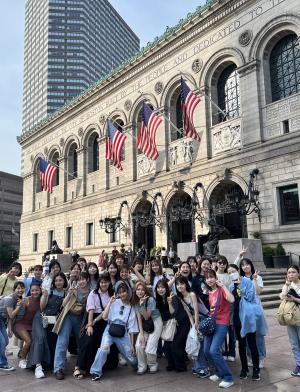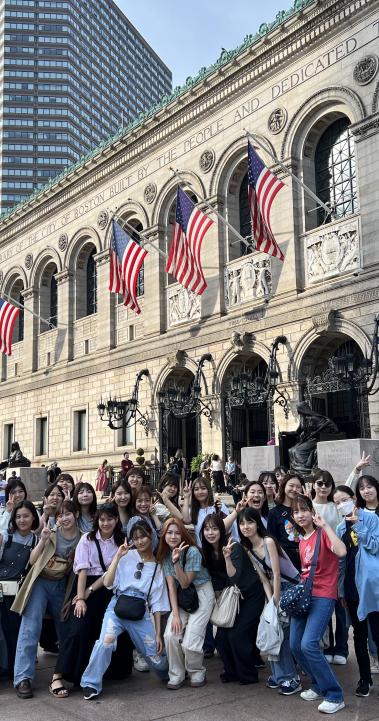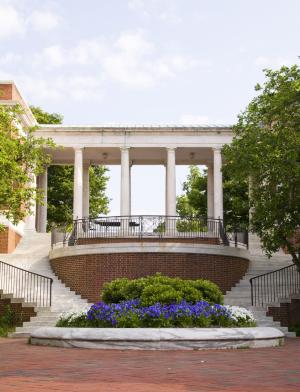Rhythm of Summer
Unlike most of the other SAF correspondents for fall 2019, I have been in the United States for nearly two months, long enough for me to embrace the sunshine and ocean breeze in California, ramble around the forests and counties in North Carolina, and gradually tune in to the way of living as a New Yorker. I spent the summer exploring the country as a student, a tourist and a keen observer, trying to figure out as much as possible about the shared ethos and diversity across America to be better prepared for my upcoming semester at Columbia University.
University Visits
After my summer session at UC Berkeley, I immediately headed toward the eastern coast to wander around the campuses of several renowned higher education institutions in the United States, including Duke University, University of North Carolina at Chapel Hill, Wake Forest University, New York University, and, of course, Columbia University in the city of New York.
Except for Columbia where I was going to stay until next year, I spent a limited amount of time on each campus, focusing on their distinctive style of architecture and the overall atmosphere of the people. To be honest, the journey greatly helped me clarify the different vibes for public and private schools, newly built and historic colleges, and urban and rural campuses.
The spirit of the whole community’s well-being prevails in flagship public universities, based on what I have experienced at UNC and UCB. The fall semester begins relatively early, and the students scattering everywhere on campus are largely comprised in-state population, which could be told from their frequent greetings towards others around them, calling out one another’s names or even nicknames without hesitation since they might have been homies for years.
At public universities, the sheer volume of students means a comparatively higher student-faculty ratio. Thus, the scale of classes is larger, and the sports facilities are often crowded with enthusiastic players. However, considering the public higher education systems they are in, affordability and mobility are viewed as significant characteristics, which could compensate for their shortcomings. In the classroom, you can always hear someone describing himself or herself as having fought a long way through community colleges to the top universities within the states. There are indeed distinctions among students’ academic or socioeconomic backgrounds, but when everyone is in the same classroom, the distinctions are erased. Students could also enroll in the courses taught by other branches in the systems, meeting with new friends or groups.
For private colleges, the decency of their architecture and horticulture always fascinates me. For instance, famous Sarah P. Duke Gardens opens for visitors from dusk until dawn. Indigenous or exotic herbs are exuberant in the wilderness or attended carefully by assiduous gardeners working in the gardens all day long. The symbolic buildings for Trinity College at Duke combine solemnity with the particular pastoralism native in North Carolina, leaving an extraordinarily great impression on me.
Furthermore, students at private colleges enjoy many advantages brought by abundant funding. They enjoy instruction and tutoring in smaller classes, having greater space and equipment for recreation. In addition, they normally share a more exclusive understanding of their identity with honor.
Things I have discussed above are far from exhaustive. Based on my personal observation and superficial interpretation, there is still a long way to go before I could draw up a general map of the higher education in the United States, which could help shed some light on the higher education in China.
















